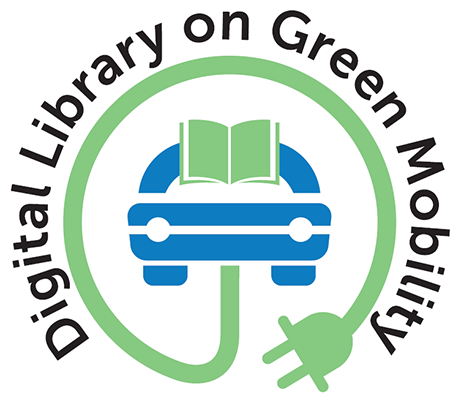Pathways to Decarbonization: The European Passenger Car Market, 2021–2035
Publication Year: 2021
Author(s): Mock P, Díaz S
Abstract:
The European Green Deal, the European Union's (EU) climate and green growth policy, sets a goal of attaining net-zero greenhouse gas (GHG) emissions by 2050. As part of the roadmap to achieve its climate-neutrality goal, the European Commission will come forward with a proposal for revised CO2 targets for new passenger cars and vans by the middle of 2021. This paper assesses the CO2 reduction potential and associated estimated costs for currently adopted policies and policy scenarios: (1) In the Adopted Policies scenario, manufacturers comply with the currently established targets of -15% by 2025 and -37.5% by 2030 but make no efforts to achieve additional reductions. (2) In the Lower Ambition scenario, targets are strengthened to -20% by 2025 and -50% by 2030, and a -70% target is introduced for 2035. Battery electric vehicles (BEVs) account for about half of new car sales by 2035. (3) In the Moderate Ambition scenario, the CO2 targets are increased to -30% by 2025, -70% by 2030, and -100% by 2035. In addition, BEVs reach a market penetration of about 50% by 2030 and 100% by 2035. (4) In the Higher Ambition scenario, full CO2 reduction (-100%) of the new car fleet is achieved by 2030 due to a rapid transition towards battery electric vehicles (BEVs). For all scenarios, direct manufacturing costs increase compared to the 2021 baseline, from about €400 in the Adopted Policies scenario in 2025 to about €1,700 in the Higher Ambition scenario in 2030. In 2035, incremental manufacturing costs decline compared to 2030, mainly due to improved learning for electric vehicle technologies. The analysis suggests that it is important to consider strengthening not only the 2030 fleet target but also the 2025 target, and to consider implementing annual targets in place of step-wise goals. Reducing more CO2 early increases cumulative savings for consumers and society and ensures a smoother technology uptake in anticipation of necessary CO2 reductions towards 2030 and 2035. In addition, credits for zero- and low-emission vehicles and eco-innovations should be set low and be phased out as early as possible.
Source of Publication: ICCT White Paper
Vol/Issue: May 2021: 1-48p.
Publisher/Organisation: International Council on Clean Transportation (ICCT)
Rights: International Council on Clean Transportation (ICCT)
URL:
https://theicct.org/sites/default/files/publications/decarbonize-EU-PVs-may2021.pdf
Theme: Sustainable transportation | Subtheme: Environment Impact
Related Documents
Reports
Abstract:
This report was produced by Laake, a participant of the Young Leaders in Sustainable Tran... Read More
Research Papers/Articles
Multi-Level DC/DC Converter for E-Mobility Charging Stations
Published Year: 2020
Abstract:
The distribution of the small electric vehicles called personal mobility devices (PMDs), which... Read More
Research Papers/Articles
Abstract:
Sustainability is one of the main policies to minimize the climate change consequences of inve... Read More



